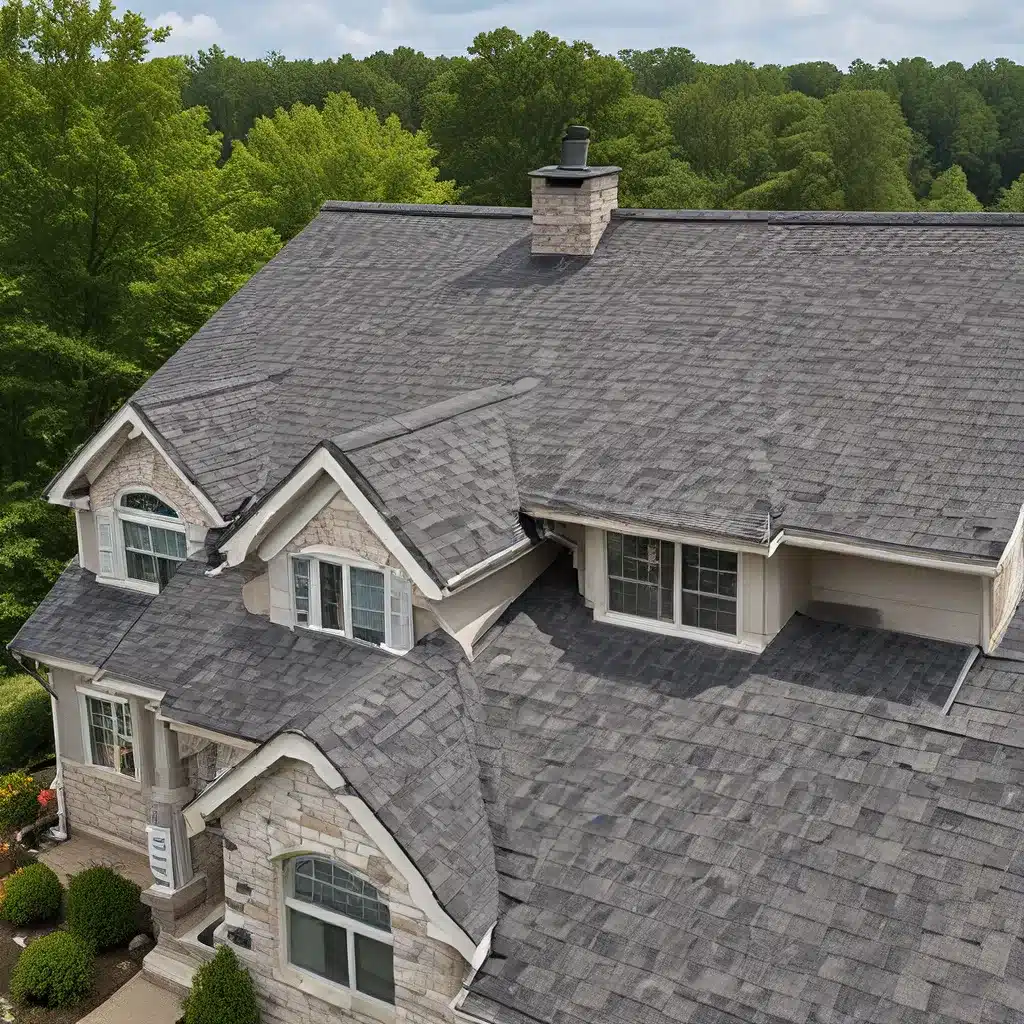
Planning Ahead for Aging in Place
As I get older, the idea of aging in place – staying in my own home as I grow older – becomes increasingly appealing. The thought of maintaining my independence and familiar surroundings is comforting. However, I know that adapting my home to suit my changing needs as I age will require careful planning and consideration.
One of the first steps in my journey is to evaluate my current home and identify any potential issues. I recently went through a room-by-room assessment, looking for things like loose stair railings, poor lighting, and other safety hazards. It was eye-opening to see how much work might be needed to ensure my home remains accessible and comfortable in the years to come.
The Aging in Place Remodeling Checklist from the National Association of Home Builders has been an invaluable resource, providing me with a comprehensive list of areas to consider. As I went through each room, I made notes of the changes I might need to make, from installing grab bars in the bathroom to widening doorways for better wheelchair accessibility.
Tackling Roof Replacement
One of the more significant projects on my list is roof replacement. My current roof is starting to show its age, with shingles curling and the occasional leak. I know that a new roof isn’t just about aesthetics – it’s about ensuring the structural integrity of my home and protecting it from the elements as I grow older.
Consulting with a reputable roofing company has been crucial in helping me understand my options and what to expect. They’ve explained that roof replacement is not only about installing new shingles, but also reinforcing the underlying structure, improving ventilation, and ensuring proper insulation. These features will not only enhance the longevity of my roof but also contribute to the overall energy efficiency and comfort of my home.
One of the things I’ve learned is that the type of roofing material I choose can have a significant impact on my home’s accessibility and safety. For example, some roofing materials, like metal or slate, can be more slippery and challenging to navigate for someone with mobility issues. On the other hand, textured asphalt shingles or impact-resistant tiles may provide better traction and help prevent falls.
Funding and Financial Assistance
Of course, the financial aspect of roof replacement and home modifications is a major concern. I’ve been pleasantly surprised to discover that there are various government and community resources available to help offset the costs.
The National Institute on Aging suggests contacting my state housing finance agency, social services department, or community development groups to inquire about financial aid programs and discounts. The Eldercare Locator has also been a valuable resource in connecting me with local support services and funding options.
As I continue to plan for my future, I’m mindful that my needs and the required modifications may evolve over time. It’s likely that I’ll need to revisit my home assessment and adaptation plan periodically to ensure it remains aligned with my changing circumstances. This may involve regular conversations with my family, healthcare providers, and local community resources.
Embracing the Uncertainty of Aging
The journey of aging in place is not without its challenges, but I’m determined to take it one step at a time. I know that there will be ups and downs, and that some decisions may be more difficult than others. But I’m committed to maintaining my independence and staying in the home I love for as long as possible.
As I navigate this process, I’m trying to approach it with a sense of curiosity and openness. I’m reading research on the latest trends and technologies in home design and accessibility, and I’m exploring the possibility of incorporating innovative solutions like smart home devices and virtual caregiving services.
At the end of the day, I understand that there are no one-size-fits-all solutions when it comes to aging in place. What works for me may not work for someone else, and that’s okay. The key is to stay informed, be proactive, and surround myself with a support system that can help me make the best decisions for my unique needs and circumstances.
Conclusion: A Lifelong Journey
Embarking on this journey of roof replacement and home adaptation for aging in place is not a one-time event, but rather a lifelong process of continuous learning and adjustment. As my needs and the world around me evolve, I’ll need to remain flexible and open to new possibilities.
While the road ahead may not be entirely clear, I’m comforted by the knowledge that I’m not alone. There are countless others who are navigating similar challenges and a wealth of resources available to help guide me along the way. With a positive mindset, a willingness to adapt, and the support of my loved ones and community, I’m confident that I can create a home that will serve me well for many years to come.